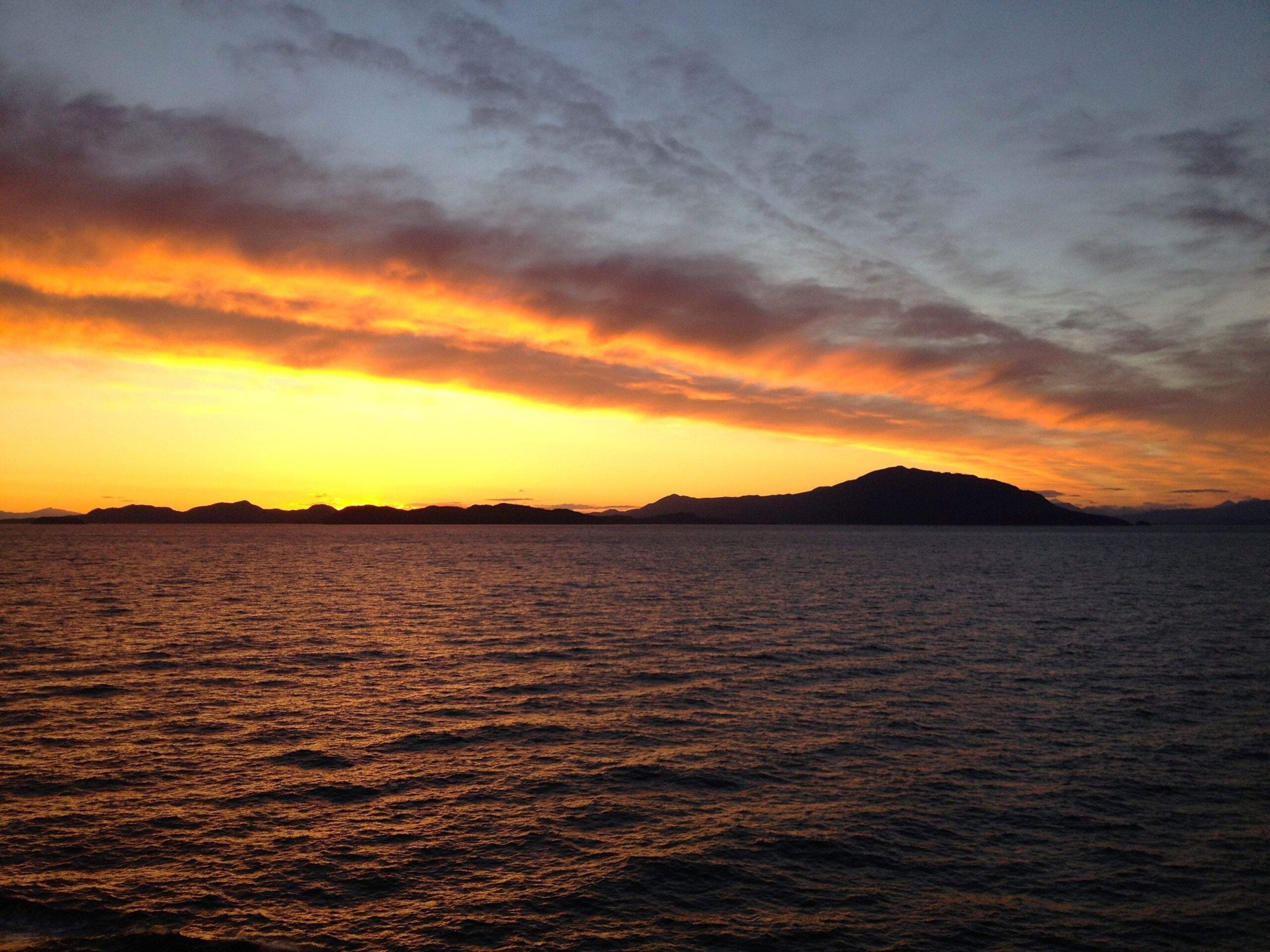
If built, Hilcorp’s Liberty project will be the largest undeveloped, light-oil reservoir on Alaska’s North Slope, with up to 150 million barrels of recoverable oil and a field life expectancy of between 15 to 20 years.
The project will make use of an artificial gravel island located in shallow waters some 15 miles east of Prudhoe Bay.
The island will measure 9.3 acres and take around two years to construct, according to the company. It is expected to support between 60,000 to 70,000 barrels of oil every day using up to eight production wells, six injection wells and two disposal wells.
Oil will then be transported to onshore facilities via a 5.6 mile subsea pipeline, which will run overland for 1.5 miles before ending up at the North Slope’s Badami pipeline.
Economic benefits
For the Houston-based oil and gas company it presents a unique opportunity. Firstly, the company says, there will be economic benefits for the federal government, the State of Alaska and local communities across the North Slope.
“The project will generate construction jobs — primarily for Alaskans — and good-paying permanent jobs, and will create opportunities for many Alaska businesses across the state,” the company says on its Liberty project website.
It also says there will be benefits to the Trans-Alaska Pipeline System, which has recently been in danger of being shut down because of declining ‘throughput’.
“Development of these resources will help offset declining oil production on the North Slope and contribute to increasing the life span and efficiency of the Trans-Alaska Pipeline System,” the company says. “New oil is needed to keep the pipeline operating efficiently now that throughput is less than 25 percent of capacity.”
But the project has proved controversial among environmentalists and the general public, with much of the controversy centring around the gravel island. The original plan for the island was put forward by BP, which first drilled at the site in 1997. Critics accused BP of exploiting regulatory loopholes by registering the project as an onshore rig.
BP eventually shelved its plans and the project stalled until 2014, when Hilcorp purchased 50% of Liberty assets from BP. Controversy has remained, however, with campaigners claiming Hilcorp’s plans could seriously damage a sensitive underwater ecosystem called the Boulder Patch.
Damaging a sensitive ecosystem
“I think gravel islands are a way for the oil industry to try and greenwash the project,” says Kristen Monsell, Oceans Program litigation director at the Center for Biological Diversity.
“The company can say it’s not really offshore oil and gas development because they are building an island, but it is an offshore oil and gas development and this particular project will destroy parts of the Boulder Patch, which is an incredibly unique and sensitive area in the Arctic.”
Hilcorp isn’t the first company to build an offshore gravel island. Similar constructions have been used for offshore oil development in both the US and Canada, such as Imperial Oil’s six islands in the Mackenzie River at Norman Wells, a site that is now coming to the end of its life.
Unlike some islands which are built in deep waters, outside of federal regulations, Hilcorp’s project will be constructed within federal waters and will therefore be bound by various laws and processes including the Environmental Review Process, the National Environmental Policy Act, and the Endangered Species Act.
“Not only have similar proposals of the Liberty project been vetted and approved before, but gravel-based energy facilities have a proven record of safe operations, with some in production for over a decade in the Beaufort Sea,” said Dave Wilkins, Hilcorp’s senior vice president for Alaska.
Despite citing numerous concerns, a draft environmental impact statement published in August by the US Bureau of Ocean Energy Management (BOEM) appeared largely satisfied with Hilcorp’s efforts to date.
“In its project design, Hilcorp included numerous measures to mitigate potential impacts and the company will also be required to comply with all stipulations associated with their three federal leases,” the BOEM said.
“Any Arctic drilling is too much Arctic drilling”
But campaigners remain sceptical and point towards Hilcorp’s troubling track record of non-compliance with safety and environmental regulations.
State regulators have repeatedly fined the company and claimed “disregard for regulatory compliance is endemic” to its Alaska operations. These issues came to head earlier this year when the company struggled to stop a months-long natural gas leak in Alaska’s Cook Inlet.
“Given this history the Liberty project could really spell disaster for the Arctic,” said Monsell. “All Arctic drilling is inherently dangerous and this company’s track record just heightens the risk.”
Monsell is also concerned that designs for the gravel island do not adequately account for the effects of climate change, which she says the project will likely make worse.
“Climate change will continue to melt permafrost and erode coast, which is going to impact the structural integrity of the offshore pipeline and other facilities associated with this project,” she says. “The design doesn’t adequately cater for those realities. It makes an inherently dangerous situation even worse.”
In the end, for Monsell, slight improvements to the construction and design of Hilcorp’s Liberty Island project won’t be enough. “We think any Arctic drilling is too much Arctic drilling,” she says. “Our position is that all oil and gas resources in the Arctic must stay in the ground if we are to avert the worst impacts of climate change. The Liberty project does the exact opposite.”



